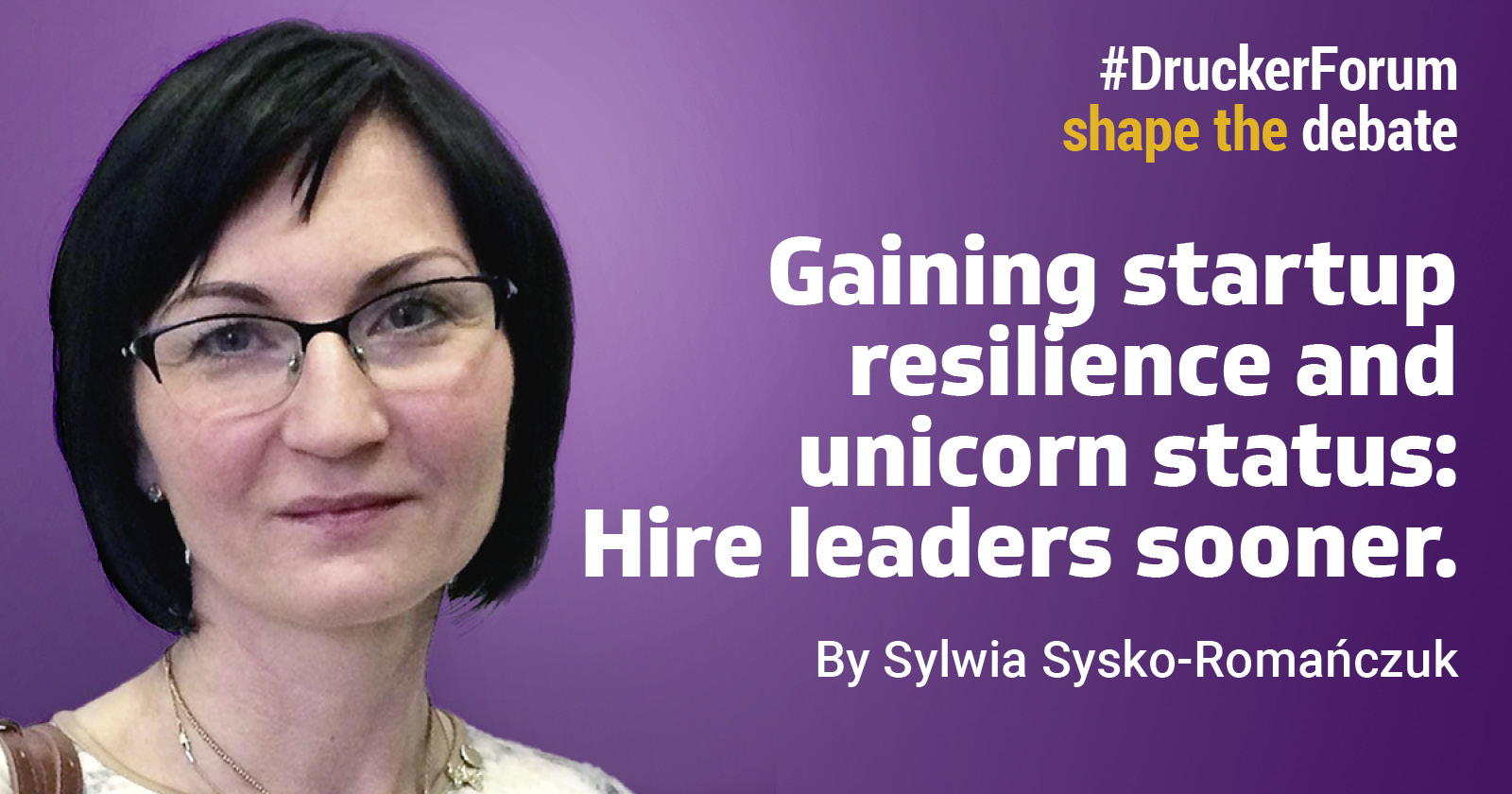
At this year’s 15th Global Peter Drucker Forum, the Huawei Masterclass had as its guiding principle the idea of enabling the growth and innovation of startups. In his opening remarks, Gavin Allen, editor-in-chief of Huawei, said that SMEs are the engine that keeps Europe’s economy running and new ideas coming to fruition. A prosperous economy in Europe depends on its millions of new businesses.
According to studies, a significant portion of SMEs still lack essential components of their ICT infrastructure, putting them in a digitally immature state. Huawei pledged in 2022 to build a start-up ecosystem around the world. In only three years, they aimed to back 10,000 promising new businesses. Speaking at the event, Fen Zhuang—Director of Global Industry Development at Huawei Cloud Global Marketing and Sales Service—introduced the attendees to the Huawei Cloud Start-up Program. Zhuang spoke about how the start-up community at Huawei is leading in this age of disruption by sharing knowledge and adding to the international conversation around creative resilience.
Michael Anthony of AI4Privacy, Juan Romero of PhotoILike, Thamio Singou of Lean-Link, and Charles Dickson of Wemeetz were the leaders of four start-ups that participated in the Huawei program. They shed light on topics like cloud solutions and entrepreneurial leadership.
As the room seemed to agree that digital maturity was a key ingredient in becoming a unicorn, the tables were turned by Carla Arellano, Partner at Greyhound Capital, and Curt Carlson, Distinguished Executive in Residence at Worcester Polytechnic Institute.
Exceptional leaders needed
Carla is an entrepreneur with a knack for solving problems and a history of building successful businesses. She is fascinated by the power of collaboration between individuals and organizations to bring about long-term growth and industry revolutions. She firmly believes that in this age of discontinuity, no amount of initial public offerings (IPOs) can guarantee a startup’s success; rather, only exceptional leaders can devise and implement daring plans by mastering the art of people and organization development. Startups that go on to become unicorns often have a trait in common: they are the ones that hire leaders early on and place a premium on making this process a profession. Spending time learning the ins and outs of the company’s structure, including who does what and how important people pursue certain goals, is crucial, according to her, an investment partner at a growth equity fund. Investors like us put money into specific individuals rather than businesses. The individuals you choose to work for you and the way you set up shop are the deciding factors. On the path to becoming a unicorn, how you approach different roles, who you hire for what, how you hire great people, and how you create this combination of many individuals — matters a lot. While Carla is correct in saying that there is no magic formula for success, her team’s analysis of 350 FinTech companies over the past 20 years reveals two major factors that contribute to a startup’s chances of success: an organizational superpower and CEOs who put an early emphasis on attracting leaders. Organizational superpowers are different from start-ups’ product or technological superpowers. That superpower can be used to create a flywheel. From the way they hire new employees to the way they introduce new products/services, every aspect of a start-up’s management philosophy is important. Get a head start on hiring leaders and do it professionally. Hiring and recruiting C-suite executives is essential for investors who wish to witness start-ups expand at an exponential rate.
Internal and external customers
According to Curt’s formula, superpowers pay attention to both internal and external customers, and they also create value. His work with managers at both established companies and fledgling businesses led him to believe that a systematic approach to creating value is within reach. To build resilient companies, it is essential to have a clear understanding of each employee’s role and how they contribute. Creating value entails meeting a critical need for the end-user in a way that is superior to competing solutions while simultaneously satisfying the requirements of all parties involved. Value delivery is the only goal of a well-designed methodology that identifies and solves end-user needs while differentiating them from their problems. From this perspective, innovation is all about creating new value for society’s end-users while maintaining a sustainable business model. This means that the offering and underlying viability model must take a novel, persuasive, and defendable strategy to meet a significant unmet market and end-user needs while also outperforming the competition and all other options in terms of benefits and costs by a factor of two to ten. A start-up can go on the unicorn track faster with the help of the NABC Value Proposition methodology, which helps to methodically develop the criteria for hiring a brilliant CEO.
Peter Drucker once said that a company’s market success comes from its management thinking, and Wolfgang Lassl, an Executive Advisor to Peter Drucker Society, echoed this sentiment. Someone with the ability to anticipate the unexpected, who innovates now so they are prepared for the future, and who does it methodically is an entrepreneur. Only then can the founder of the startup understand the need to be emotionally distant from his creation and recognize the need to hire someone to cover a leadership gap.
Given the present situation, we need to train leaders to be open to surprise and challenge, as well as able to develop new scripts. Leaders need the skills to successfully navigate the unknown as entrepreneurs, to maintain business continuity and refresh their business models.
About the author:
Sylwia Sysko-Romańczuk is professor of innovation and entrepreneurship at Warsaw University of Technology with research interests in value-driven growth in the digital and networked economy.

